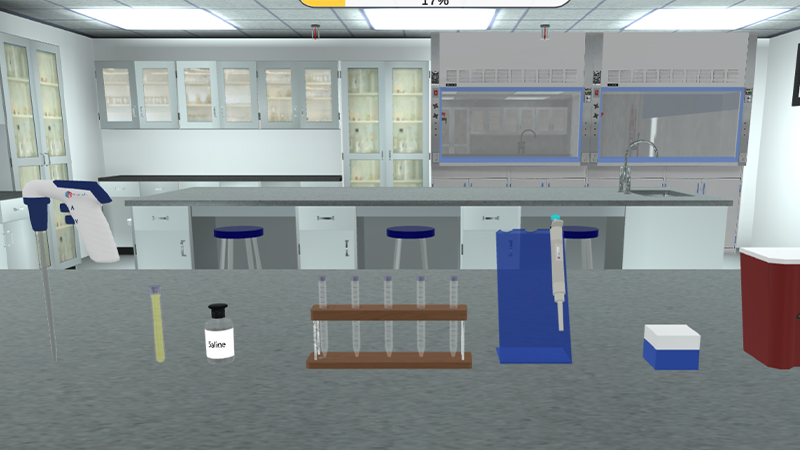





2.5M+
Active Users Worldwide
80%
Improved Learning Retention
60%
Reduction in Laboratory Costs
The spread plate technique is a method of isolation in which a diluted microbial sample containing more than one microorganism is deposited on a solidified agar plate and spread uniformly across the surface with an L-shaped glass rod while the media plate is spun on a turntable. With an accurately diluted sample, cells (CFUs) will be deposited far enough individual on the agar surface to grow into individual colonies.
Spread plate method.
Become proficient at performing the spread plate method consistently and accurately.
The spread plate method is used to isolate individual colonies from a diluted sample of mix population. Different ways have been developed for the isolation of microorganisms from a mixture sample but among them Spread plate culture method is the most widely used technique in the laboratory.
An ideal spread plate should contain visible and isolated colonies of bacteria that are evenly distributed in the plate and are countable.
Importance of Spread Plate:
The spread plate technique is a method of isolation in which a diluted microbial sample containing more than one microorganism is deposited on a solidified agar plate and spread uniformly across the surface with an L-shaped glass rod while the media plate is spun on a turntable. With an accurately diluted sample, cells (CFUs) will be deposited far enough individual on the agar surface to grow into individual colonies.
The main principle behind this Spread Plate technique is that as the Petri dish rotated, at some stage, single cells will be deposited with the bent glass rod onto the agar surface, these cells will be separated from each other by a distance sufficient to allow the colonies that develop to be free from each other.




